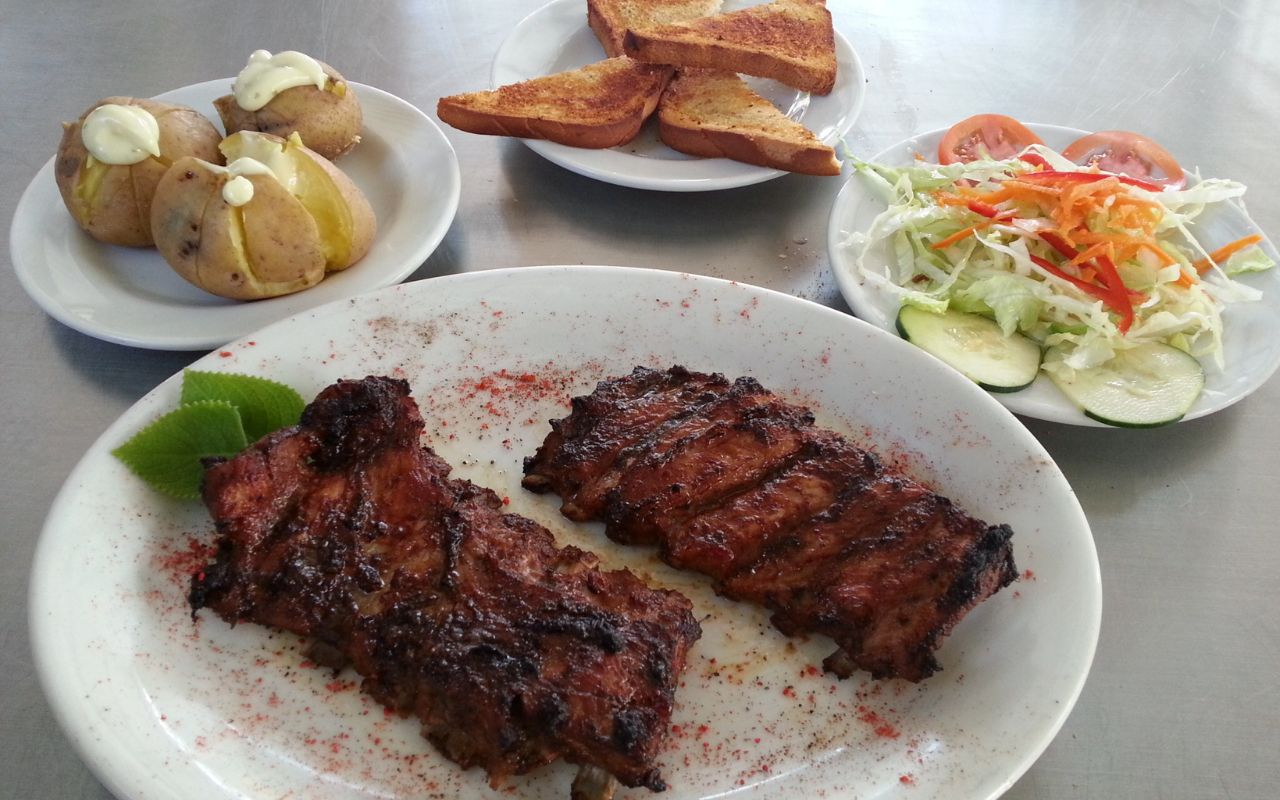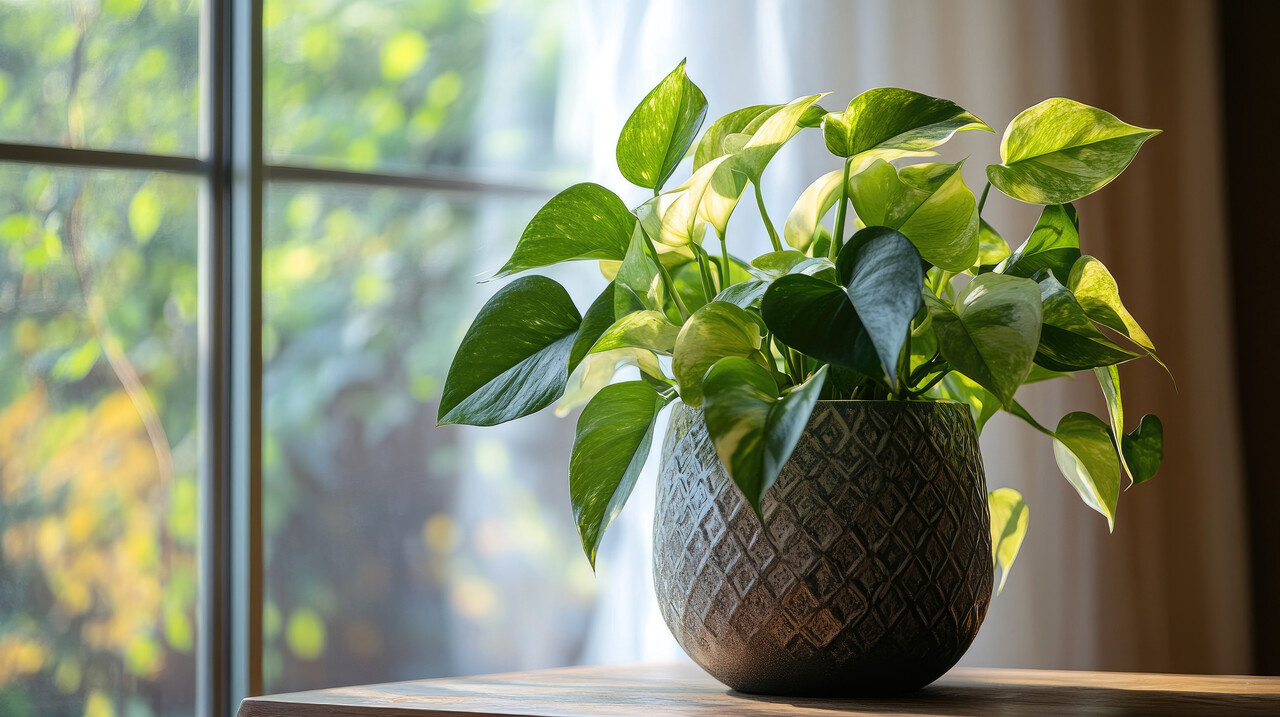10 Baking Upgrades That Make Box Mixes Taste Homemade

Convenient as they are, boxed baking mixes frequently lack the flavor, texture, and depth of homemade baking. A simple mix can be transformed into something genuinely enjoyable with the correct adjustments. I’ll show you 10 tried-and-true, easily accessible improvements in this post that will turn a box mix into a masterpiece for your house. Both the what and the why will be provided to you so that you can adjust. Let’s turn that boxed dessert into your new go-to homemade dessert.
1. Use Browned Butter Instead of Melted Butter or Oil

Browning your butter before adding it is one of the simplest ways to enhance its flavor. A nutty, toasty depth that is not possible with plain melted butter or neutral oil is imparted by gently melting butter until it foams and the milk solids turn golden. You’ll notice caramel undertones and a more complex aroma right away, giving you a taste boost. This is particularly effective when used in cakes, brownies, or muffins. Watch carefully and swirl the pan so as not to burn it. Then, to avoid overcooking the eggs, allow it to cool slightly before adding it to your mixture.
2. Add an Extra Egg or Egg Yolk

In order to preserve a long shelf life, boxed mixes frequently contain little fat and structure. Richness, texture, and structure are all improved by adding one more whole egg, or even just one extra yolk. While the yolk contributes fat and a creamier crumb, the additional protein helps the cake retain moisture and rise more steadily. This is particularly helpful for cake and cupcake mixes. Because the batter is denser and richer, you may need to slightly adjust the temperature or baking time (usually a bit longer).
3. Substitute Part of the Liquid with Milk, Buttermilk, or Sour Cream

Use dairy products like milk, buttermilk, yogurt, or sour cream in place of water, as many boxes advise. This enhances crumb and deepens flavor by adding fat, protein, acidity, and flavor. Additionally, buttermilk or sour cream aid in tenderization by reacting with leaveners to produce a more “homemade” subtle tang. For instance, you could use ½ cup milk + ½ cup water or ¾ cup buttermilk + ¼ cup water if the box specifies 1 cup water. Don’t overdo it because too much acid can affect rise.
4. Fold in Mix‑Ins like Extracts, Zests, Toasted Nuts, or Chocolate

Add-ins such as dried fruit, chocolate chips, toasted nuts, citrus zest, or vanilla or almond extract can be added to customize and improve the flavor. These components add layers: chocolate adds richness, nuts add texture and toasty notes, extracts enhance aroma, and zest adds brightness. One teaspoon of vanilla, for example, or half a teaspoon of each of vanilla and almond, improves the whole mixture. To prevent them from absorbing moisture, lightly toast the chips or nuts. Keep the amount of mix-ins to about ⅓ to ½ cup to ensure that the batter bakes evenly.
5. Swap or Upgrade the Sugar

You can use brown sugar, coconut sugar, or even a light caramel syrup in place of some of the granulated sugar if the box mix calls for it. Coconut sugar adds a subtle caramel note, while brown sugar adds moisture and a hint of molasses. For a crisp, golden crust, try adding a little raw or demerara sugar right before baking. To preserve structure and balance of sweetness, don’t substitute too much; instead, preserve the majority of the original sugar.
6. Let Batter Rest Before Baking

Texture can be enhanced by letting cake or muffin batter rest for 10 to 15 minutes prior to baking. This rest time allows the flour to fully hydrate and allows trapped gas to stabilize, resulting in a better rise and more even crumb. This aids in the binding of batters that contain richer mix-ins or dairy. A brief rest usually improves texture and minimizes tunnels or large air pockets, but of course, don’t let the batter rest for too long or it will deflate or react too quickly.
7. Use a Different Pan or Adjust Pan Size

The pan that is recommended on the box may not always be the best option for your upgrades. Use a slightly deeper or smaller pan to provide height and better structure for a richer batter that contains more fats or eggs. On the other hand, a shallower, wider pan promotes even baking for a denser mix. Additionally, for more uniform heat, use light-colored metal pans rather than dark nonstick ones. To prevent overbaking, modify the bake time if you change the pan size and keep an eye on it with a thermometer or toothpick.
8. Lower Temperature Slightly and Bake Longer

A mix’s internal density rises when it is enhanced with additional egg, dairy, or ingredients. The outside may become overly brown before the center cooks if the oven is set to the original high temperature. The interior can be cooked to doneness without burning the edges by lowering the oven by 10 to 15°C (about 25°F) and baking for a little longer. To determine when a cake is ready, use a toothpick or the internal temperature, which is typically between 96 and 98 °C (205 and 208 °F for many cakes). Pay special attention to the color. If necessary, rotate the pans in the middle of baking.
9. Add a Soak or Syrup Brush After Baking

To add moisture and flavor, you can brush or drizzle the cake with simple syrup, flavored syrup (vanilla, citrus, or liqueur), or even a light glaze after it has come out of the oven. This method, which is frequently used in scratch baking (such as tres leches), is excellent in this context. Use a neutral syrup, which is equal parts water and sugar that have been boiled and cooled. You could also steep an extract or zest in it. Use a pastry brush sparingly to avoid causing the cake to collapse. This connects the flavors in the crumb and helps offset any dryness.
10. Frost, Glaze, or Serve with Fresh Components

The finishing enhances the internal cake, regardless of its quality. To add visual appeal, contrast, and freshness, use homemade frostings (cream cheese, Swiss meringue buttercream, or simple glaze) and garnish with compote, whipped cream, or fresh fruit. A good frosting or glaze conceals any small imperfections, adds acidity or tang, and balances sweetness. Richness can also be accentuated by serving slices warm or slightly cold. Your dessert will have a final “homemade, cared-for” feel with a decorated finish.





